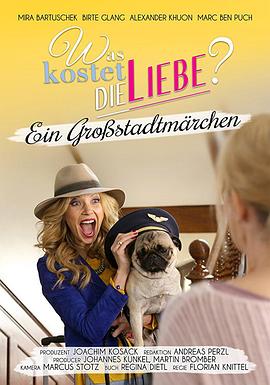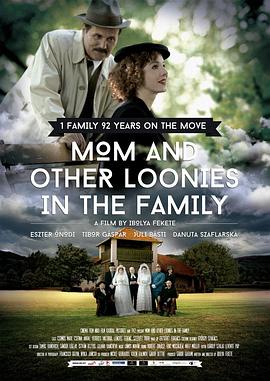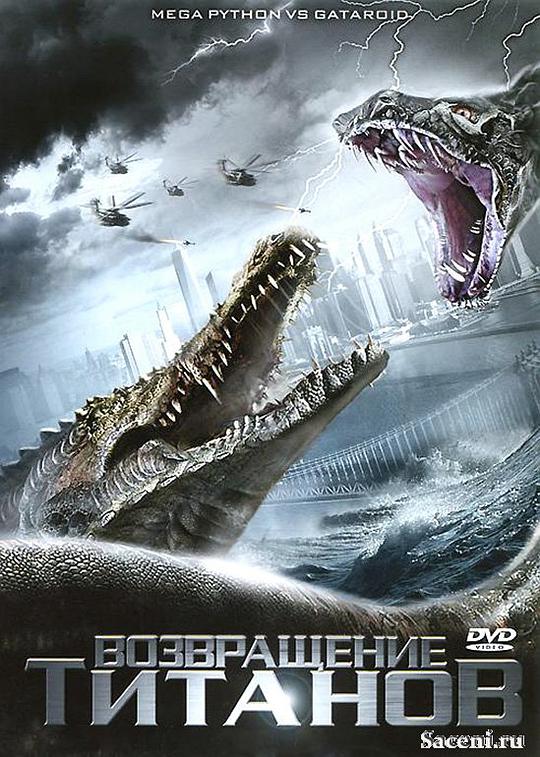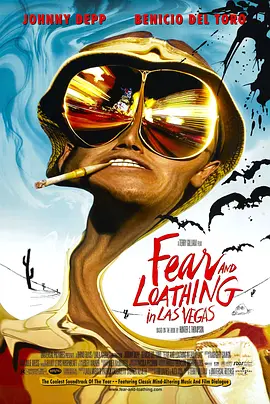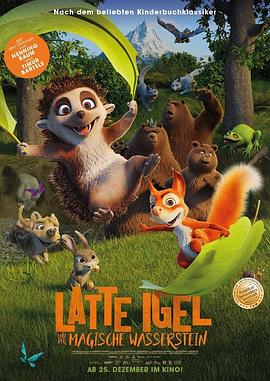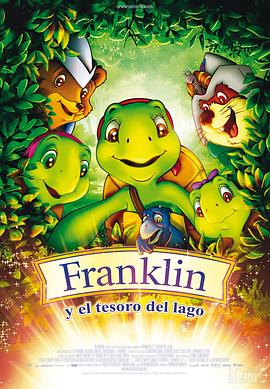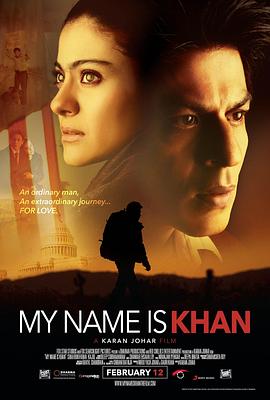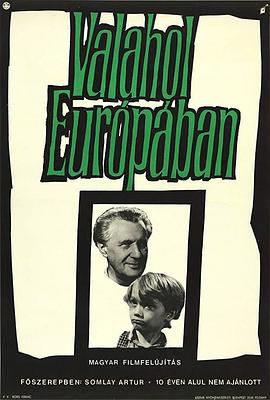-
备注:已完结
类型:电影
主演:BirteGlang MiraBartuschek 亚历山大库翁 Pe
语言:德语
年代:未知
简介:诺拉(Mira Bartuschek 饰)是一个普通的不能再普通的女孩,似乎所有的浪漫故事都和她无缘。在广告公司里,诺拉只是一个名不见经传的小小实习生,职业道路黯淡无光。一天,诺拉的表姐艾米丽突然拜访,希望能够在诺拉家接住,艾米丽的职业非常的奇怪,她是一个职业约会员,她的到来替诺拉打开了新世界的大门。
-
备注:已完结
类型:电视剧
主演:平西朋·艾格朋皮西 麦克崴·拉差塔·皮澈肖特 Nu Apipatcha
语言:
年代:未知
简介:它通过Gap讲述了一个关于BL粉丝的故事,一个从来没有任何经验的普通男生和一个活跃在粉丝圈的女生。这个系列是关于音乐乐队的。IttellsastoryaboutBL’sfandomthroughGap,anordinaryboythatneverhasanyexperienceandthefemaleleadwhoisanactivememberofthefandom.Theseriesisaboutthemusicband.
-
备注:已完结
类型:电影
主演:提芬妮 黛伯拉·吉布森 A·马丁内斯 凯瑟琳·茱斯顿 凯文·M·霍顿
导演:玛丽·兰伯特
语言:
年代:未知
简介:佛罗里达沼泽里,巨蟒的数量激增,威胁到短吻鳄的生存。一个激进的动物保护主义者(女性)将大量蟒蛇偷运到佛罗里达沼泽放生,引起了一个森林巡逻队员(也是女性)的强烈不满。这个巡逻队员历来主张保护短吻鳄。当矛盾激化时,一场蟒蛇战鳄鱼的好戏上演了。Syfy宣布下一部B级怪兽电影《巨蟒大战恐鳄》(MegaPythonVsGatoroid)将于1月29日播出。这部剧集是由80年代两名歌坛天后DebbieGibson(15岁时首发专辑登上排行榜首位)和Tiffany(16岁时专辑销量达到1600万份)共同主演的。故事描述一个动物保护主义者(DebbieGibson)偷偷将宠物商店里的缅甸巨蟒放入佛罗里达沼泽地里,破坏了当地的生态平衡。为了保护自己喜爱的短吻鳄,当地的护林员(Tiffany)给它们注射激素,导致它们的身体快速生长。巨蟒和恐鳄爆发一场大战,两个女人也打得不可开交。
-
备注:已完结
类型:电影
主演:亨特·S·汤普森 特瑞·吉列姆 托尼·格里索尼 TodDavies 亚
导演:特瑞·吉列姆
语言:英语
年代:未知
简介:来自南太平洋萨摩亚群岛的体育记者杜克(约翰尼·德普 Johnny Depp 饰)和他的律师朋友刚佐博士(本尼西奥·德·托尔 Benicio Del Tore 饰)一起开车前往拉斯维加斯,寻找他们的“美国梦”。一路上,他们带了大量毒品和酒精,也遇到形形色色的人,药物作用下,许多迷乱和癫狂的画面出现,让他们分不清幻觉和现实,到底哪个更残破,哪个更肮脏扭曲。两个人的混沌,加上拉斯维加斯本身的纸醉金迷,“美国梦”似乎遥不可及,两个人留下垃圾场一样的五星级酒店房间,无法停止迷幻的路途……
-
-
备注:已完结
类型:电影
主演:沙鲁克·汗 卡卓儿 肖恩·哈珀 ChristopherB.Duncan
导演:卡伦·乔哈尔
语言:北印度语 / 乌尔都
年代:未知
简介:信奉伊斯兰教的里兹瓦·罕(沙鲁克·罕 Shahrukh Khan 饰)从小患有阿斯伯格综合症,母亲去世后,他追随弟弟扎克尔(吉米·舍尔吉勒 Jimmy Shergill 饰)的脚步 从印度孟买移民美国旧金山。里兹瓦在帮弟弟的化妆品公司推销美容产品时认识了经营发廊的单身母亲曼迪娅(卡卓尔 Kajol 饰)。里兹瓦不顾弟弟的反对执意与印度教的曼迪娅结为夫妇,一家人和谐美满。9.11恐怖袭击的发生使美国国内掀起了反对、歧视穆斯林教徒的风潮,里兹瓦与曼迪娅的发廊被迫关张,而曼迪娅的独子山姆(Yuvaan Makaar 饰)更是在一场由种族歧视引发的少年争斗中意外身亡。悲愤的曼迪娅将愤怒发泄在了里兹瓦的穆斯林姓氏“罕”上,说只有里兹瓦告诉美国人民及美国总统他的姓氏并非与恐怖分子相关,才会与他再次相见。就这样,执着的里兹瓦踏上了艰难的觐见总统之途……
-
备注:已完结
类型:电影
主演:Artúr Somlay Miklós Gábor Zsuzsa Bá
语言:其它
年代:未知
简介:Somewhere in the remote region, the war ends. In the midst of ruined cities and houses in the streets, in rural hamlets, everywhere where people still live, are children who have lost their homes and parents. Abandoned, hungry, and in rags, defenseless and humiliated, they wander through the world. Hunger drives them. Little streams of orphans merge into a river which rushes forward and submerges everything in its path. The children do not know any feeling; they know only the world of their enemies. They fight, steal, struggle for a mouthful of food, and violence is merely a means to get it. A gang led by Cahoun finds a refuge in an abandoned castle and encounters an old composer who has voluntarily retired into solitude from a world of hatred, treason, and crime. How can they find a common ground, how can they become mutual friends The castle becomes their hiding place but possibly it will also be their first home which they may organize and must defend. But even for this, the price will be very high. To this simple story, the journalist, writer, poet, scriptwriter, movie director, and film theoretician Béla Balázs applied many years of experience. He and the director Géza Radványi created a work which opened a new postwar chapter in Hungarian film. Surprisingly, this film has not lost any of its impact over the years, especially on a profound philosophical level. That is to say, it is not merely a movie about war; it is not important in what location and in what period of time it takes place. It is a story outside of time about the joyless fate of children who pay dearly for the cruel war games of adults. At the time it was premiered, the movie was enthusiastically received by the critics. The main roles were taken by streetwise boys of a children's group who created their roles improvisationally in close contact with a few professional actors, and in the children's acting their own fresh experience of war's turmoil appears to be reflected. At the same time, their performance fits admirably into the mosaic of a very complex movie language. Balázs's influence revealed itself, above all, in the introductory sequences an air raid on an amusement park, seen in a montage of dramatic situations evoking the last spasms of war, where, undoubtedly, we discern the influence of classical Soviet cinematography. Shooting, the boy's escape, the locomotive's wheels, the shadows of soldiers with submachine guns, the sound of a whistle—the images are linked together in abrupt sequences in which varying shots and expressive sharp sounds are emphasized. A perfectly planned screenplay avoided all elements of sentimentality, time-worn stereotypes of wronged children, romanticism and cheap simplification. The authors succeeded in bridging the perilous dramatic abyss of the metamorphosis of a children's community. Their telling of the story (the scene of pillaging, the assault on the castle, etc) independently introduced some neorealist elements which, at that time, were being propagated in Italy by De Sica, Rossellini, and other film artists. The rebukes of contemporary critics, who called attention to formalism for its own sake have been forgotten. The masterly art of cameraman Barnabás Hegyi gives vitality to the poetic images. His angle shots of the children, his composition of scenes in the castle interior, are a living document of the times, and underline the atmosphere and the characters of the protagonists. The success of the picture was also enhanced by the musical art of composer Dénes Buday who, in tense situations, inserted the theme of the Marseilaise into the movie's structure, as a motive of community unification, as an expression of friendship and the possibility of understanding. Valahol Europaban is the first significant postwar Hungarian film. It originated in a relaxed atmosphere, replete with joy and euphoria, and it includes these elements in order to demonstrate the strength of humanism, tolerance, and friendship. It represents a general condemnation of war anywhere in the world, in any form.

